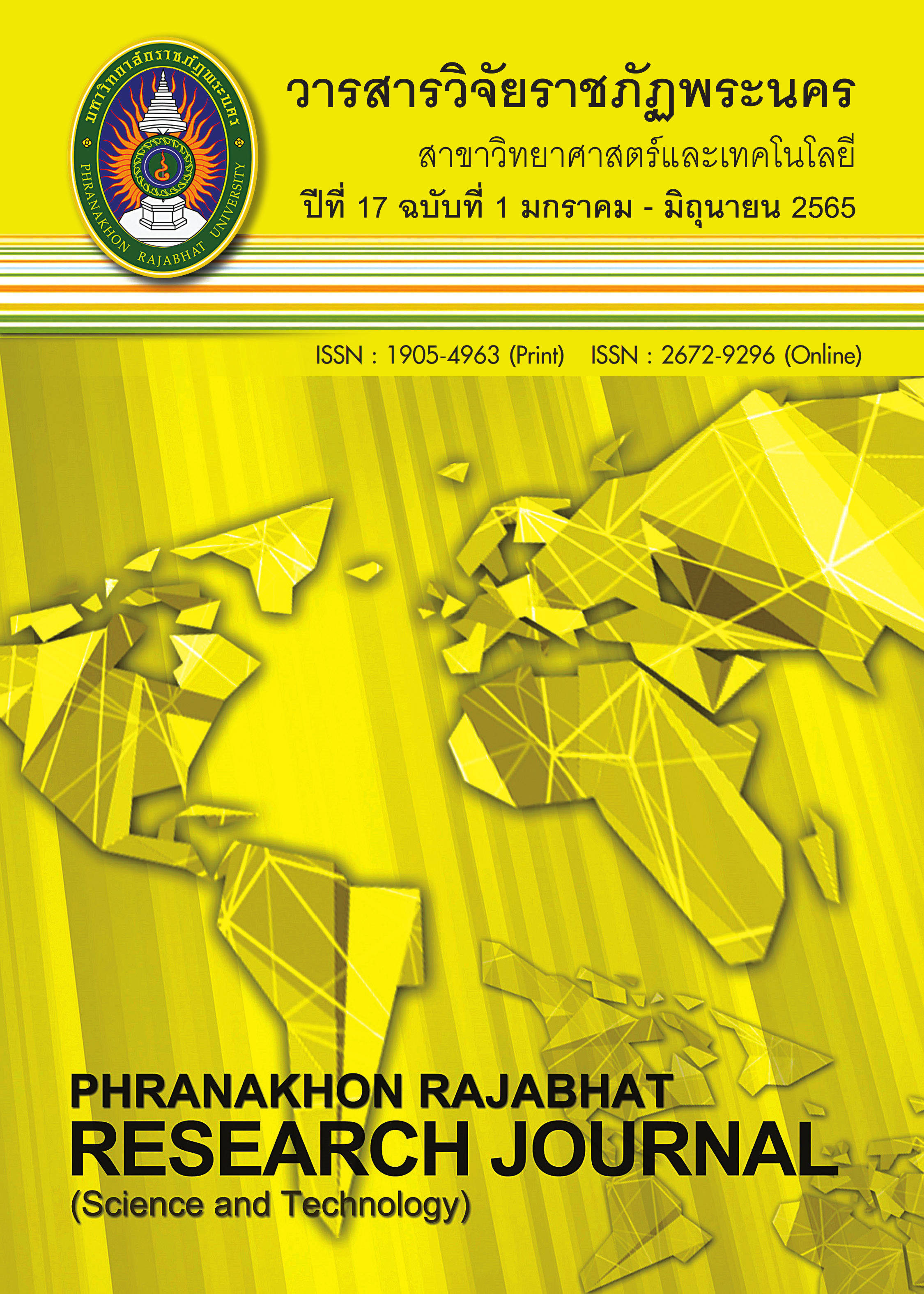Personal Verification in Community using Facial Recognition Biometric Technology on the Raspberry Pi Platform
Keywords:
biometric technology, facial recognition, social security, raspberry pi platformAbstract
To develop a digital innovation to prevent strangers entering the community. The objective of this research is to assess the effectiveness of personal identification devices in the community with biometric technology for face detection and recognition.; and to assess the adoption of
an equipment to use in different communities. We applied biometric technology for developing the face recognition system on the Raspberry Pi platform; we implemented the system in various types of communities such as a local community, dormitory/condominium community, and village community. This research used the accuracy as the main factor for system efficiency evaluation. The system was tested by using 100 persons as a sampling test. The system efficiency evaluation result found that the accuracy rate is 0.98. After the system implementation in 3 types of community, we applied UTAUT model to evaluate the system satisfaction in term of the system acceptance by using a sample of 50 persons for each community. The result found that the average mean of the system satisfaction in the good level with mean 4.00. As the results of the experiment, we can conclude that applying the biometric technology for preventing strangers entering into the community has a good results in both of performance and acceptance rate. We also concluded that the dormitory/condominium community require the system immediately, followed by a local community and village community, respectively.
References
Ahsan, M. M., Li, Y., Zhang, J., Ahad, M. T., & Gupta, K. D. (2021). Evaluating the Performance of Eigenface, Fisherface, and Local Binary Pattern Histogram-Based Facial Recognition Methods under Various Weather Conditions. Technologies 2021, 9, 31.
Al-Assam, H., Sellahewa, H., & Jassim, S. (2011). Accuracy and Security Evaluation of Multi-Factor Biometric Authentication. International Journal for Information Security Research. 1. 11-19.
Ammour, B., Bouden, T., & Amira-Biad, S. (2017). Multimodal biometric identification system based on the face and iris. 2017 5th International Conference on Electrical Engineering - Boumerdes (ICEE-B), 1-6.
Dass, S., Sadrulhuda, M., Pasha, N., Nayan, N., & S, J. (2020). Real Time Face Recognition using Raspberry Pi. International Journal of Computer Applications, 176(33), 1-4.
Muchima, P. (1979). Rural Sociology. Krung Thep Maha Nakhon: Thammasat Printing house. (in Thai).
Phanmanavin, N. (1980). Rural Sociology. Krung Thep Maha Nakhon: Kasetsart University. (in Thai).
Puriwat, W., & Tripopsakul, S. (2021). Explaining Social Media Adoption for a Business Purpose: An Application of the UTAUT Model. Sustainability 2021, 13(4), 2082.
Rukhiran, M., Netinant, P., & Elrad, T. (2020). Effecting of environmental conditions to accuracy rates of face recognition based on IoT solution. Journal of Current Science and Technology, 10(1), 21-33.
Wongsumet. P. (2013). Factors Influencing the Adoption of Web-Based Learning System. Bangkok University Executive Journal. 33(3), 1-9. (in Thai).
Zhao, Y., Xu, J., Wu, J., Hao, J., & Qian, H. (2020). Enhancing Camera-Based Multimodal Indoor Localization with Device-Free Movement Measurement Using Wi-Fi. IEEE Internet of Things Journal, 7(2), 1024-1038.
Downloads
Published
Issue
Section
License

This work is licensed under a Creative Commons Attribution-NonCommercial-NoDerivatives 4.0 International License.
โปรดกรอกเอกสารและลงนาม "หนังสือรับรองให้ตีพิมพ์บทความในวารสารวิจัยมหาวิทยาลัยราชภัฏพระนคร สาขาวิทยาศาสตร์และเทคโนโลยี" ก่อนการตีพิมพ์




